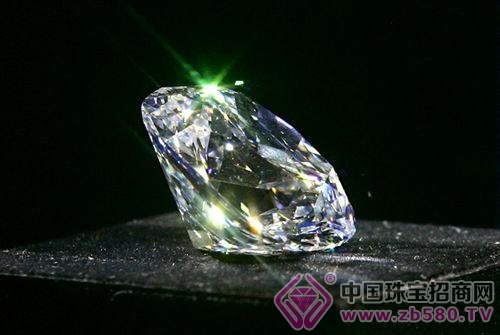
In the utilization chain of the social ecosystem, the relationship between consumers and merchants is often in the zone of mutual symbiosis and parasitism.
The first diamond engagement ring known was the 1477 Austrian Grand Duke Maximilian gave to Princess Burgundy. Later, the Victorian era presented the "REGARD" ring inlaid with a birthday stone. But most people haven't heard of diamonds until the 1930s, and the De Beers Group adopted a two-pronged strategy to make its use of it clear.
De Beers was founded in 1888 as a mining company. They had just discovered a diamond weighing 83.5 carats in today's location in Kimberley, South Africa. With the financial support of the Rothschild family, the company began to integrate small businesses and quickly developed into a small business empire. In 1927, the owner of another mining company, Auburn Hammer, took control of De Beers and truly used it to the extreme.
At that time, diamond mines were being developed everywhere in Africa. Auburnhammer worried that the increase in supply would drive down prices and lead the diamond market to be in trouble. Experts believe that if the price of a gemstone is determined by a free and open market, then a diamond may be worth between $2 and $30. However, you or your lover may be forced to spend a lot of money on such a piece of carbon - you can thank De Beers for this.
In order to maintain high prices, Oppenhammer built De Beers into a diamond cartel. After controlling 90% of the world's diamond production and sales, De Beers began artificially limiting the supply of diamonds, that is, deliberately creating "rareness." This is very important because people are naturally attracted to rare things and opportunities. Robert, the author of Influence, spent many years researching insurance sales, used car dealers, and religious leaders. He found that these people often use people's cravings and desires for things they think are rare to achieve their goals.
In addition to controlling supply and distribution, De Beers controls another key part of the diamond business: marketing. "Diamonds are a luxury in the end, it has no practical use." Auburnhammer confessed, "Everyone is eager to have diamonds, but it has no practical use, but to satisfy their own lusts." But De Beer It is precisely this desire that needs to be created. To create a story that would turn a stone into the world's most valuable commodity, the company turned to advertising agencies on Madison Avenue.
In 1947, Grati was a young employee of De Beers Advertising Agency. Although Grety was unmarried in her life, she influenced the marriage of millions of people because she created the classic slogan "a diamond is forever", "Ad Age The magazine also named it "the best slogan of the 20th century." This sentence focuses on the desire of women who love fantasy to eternal love. The symbol is an engagement diamond ring. The cleverness of this slogan is to ensure that women will not give up their diamonds for the rest of their lives. Sasha Garbo once said: "I never hate a man who gives him the diamond he gave him."
This “one-of-a-kind†concept aims to prevent the emergence of the second-hand diamond market. It makes people believe that the really special meaning is that the diamond you own is not touched by another woman. By spreading this concept, De Beers is able to control the diamond trade at the wholesale level, and retailers can sell diamonds at high prices without having to face competition in the secondary market.
Just 30 years after the birth of the phrase "A eternal rumor", the diamond ring is no longer seen as a simple luxury, it has become a necessity in modern engagement ceremonies. By the 1960s, 80% of the brides in the United States had diamond rings; today the ratio has changed little, and the average price of engagement rings has reached $3,200 (Dybers first stated in marketing campaigns that men should use one The monthly income bought the engagement ring, but then the company adjusted the monetary value of the female love, so the price of the engagement diamond ring was raised to the male two-month income). But De Beers is not satisfied with the profits of the US market. Countries like Japan have never had a tradition of romantic marriage. It is not easy to sell diamonds to brides. De Beers actually persuaded the Japanese to spend money to buy the shiny stone. In 1967, only 5% of brides in Japan wore diamond rings, and by 1990, the proportion had increased to 77%.
Sherpa Socks,Three Color Sherpa Socks,Women Thick Sherpa Socks,Adult Fashion Sherpa Socks
Jingjiang Pingdong Import&Export Co.,Ltd , https://www.jjpdsocks.com
![<?echo $_SERVER['SERVER_NAME'];?>](/template/twentyseventeen/skin/images/header.jpg)